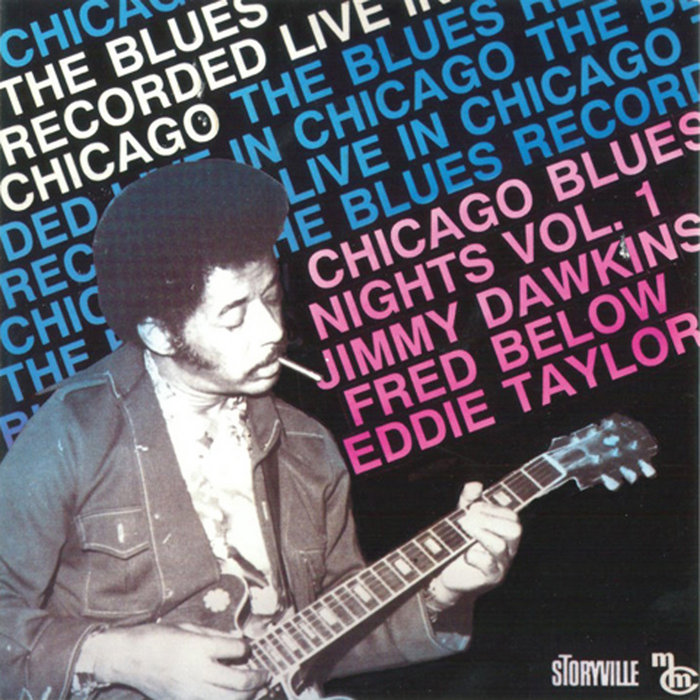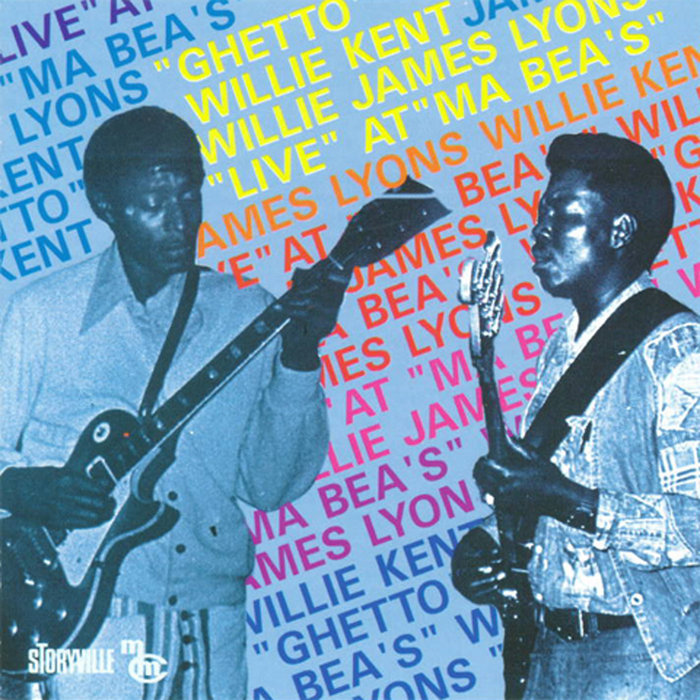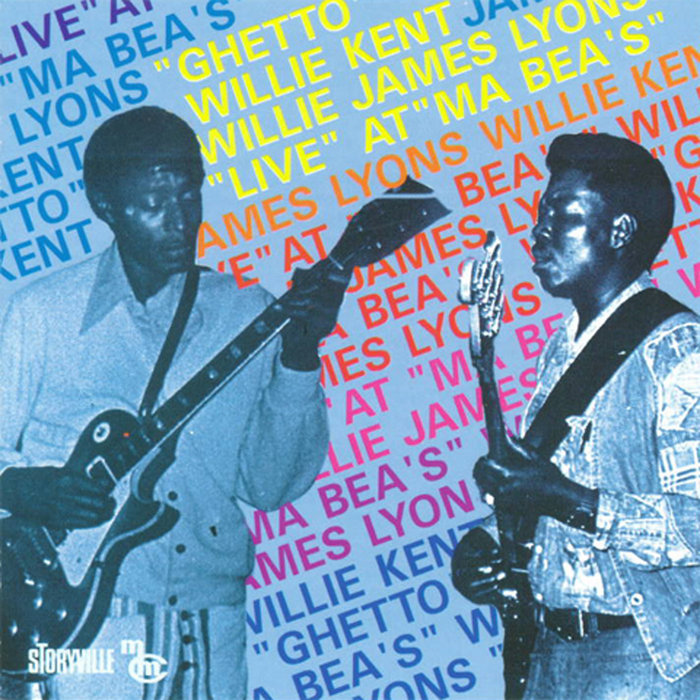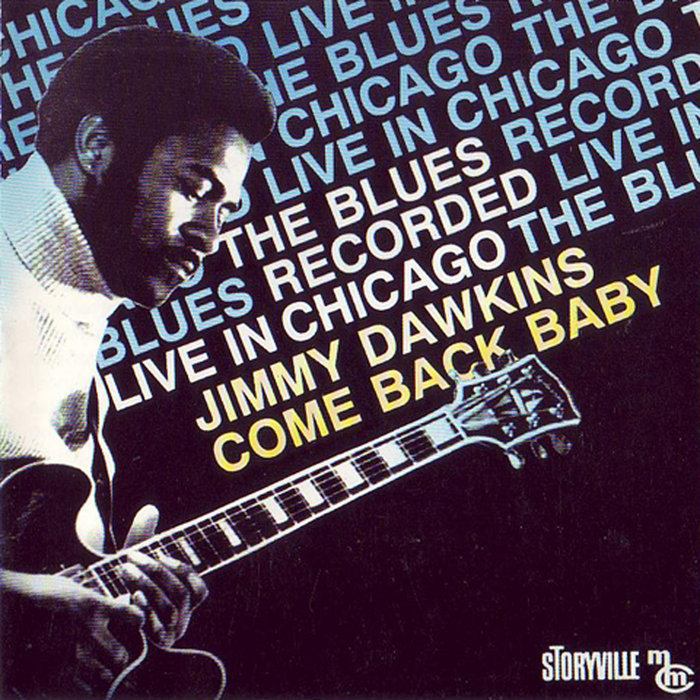
4-8 – Shay Hazan
this blog is GROOVY – check out great Soul, Funk, Jazz, Hip Hop, Bass, Breaks , Reggae, House n many more TUNES
Hey there, jazz lovers! 🎷 Let’s take a trip back in time to cruise through the soulful streets of hard bop. Born in the mid-1950s, this spunky cousin of bebop has a unique twist that makes it stand out on the jazz scene. Lace up your dancing shoes and let’s hit it!
Hard bop is like bebop’s cooler, more grounded sibling. While bebop was all about speed and complexity—think dizzying tempos and intricate melodies—hard bop said, “Hey man, let’s slow down and feel those grooves!” It emerged as a response to both cool jazz (which was pretty laid-back) and some social movements happening in America at that time.
The big names? Think Art Blakey with his Jazz Messengers paving the way for new talent, Horace Silver bringing that funky flavor with his piano stylings, and Miles Davis producing sounds that made everyone sit up and listen.
By blending rhythm & blues, gospel influences, along with traditional jazz elements, hard bop created an engaging soundscape where you could tap your feet or sway your hips. This genre blossomed primarily in clubs across New York City—a place buzzing with creativity—and much of its early development can be traced back to places like Birdland or The Five Spot Café.
Art Blakey: Besides drumming like a boss for the Jazz Messengers (talk about an ensemble!), he had this knack for discovering young talents. Young guns like Wayne Shorter and Lee Morgan came under his wing before soaring off to greatness.
Horace Silver: He brought catchy tunes laced with memorable hooks. Can you say “Song for My Father” without humming it? I bet you can’t! Plus—fun fact—he claimed he found inspiration from watching people eat at diners while writing some songs… now that’s dining music!
Miles Davis: This dude reinvented himself more times than most change their socks! With albums like “Milestones” laying groundwork for modal jazz—the evolution just kept rolling forward.
Tina Brooks: Often overshadowed by bigger names but instrumental nonetheless! Brooks had an incredible sound on tenor saxophone but didn’t get as much light until after he passed away… gotta love those posthumous vibes!
Cannonball Adderley: Known for his alto-sax prowess; Adderley had one foot deeply rooted in hard bop while also straddling soul-jazz paths—which led him to play alongside legends such as Miles Davis too!
Got some chuckles lined up here:
Did you know Art Blakey’s band would often prank each other during gigs? Imagine hearing someone suddenly honking their horn mid-solo—it’s called keeping things lively!
As serious musicianship goes hand-in-hand with humor among these artists…rumor has it when Horace Silver played live shows using different instruments—the trumpeter might unexpectedly break into silly voices if they missed a note!
And if you’ve ever heard stories about Cannonball Adderley, you’d know he wasn’t shy about sharing food either; after all who wouldn’t relish sharing good company over soulful bites—in between improvisation?
As we slide into the ’60s onward—the essence of hard bop began swirling around every corner—from soul-jazz fusions straight through fusion itself! Musicians continually bent genres leading us towards smooth approaches seen today (yeah Kenny G—we see ya).
Today’s artists draw inspiration from these classic masters making sure Hard Bop remains alive—as fresh avenues open-up leading us forward yet respecting deep roots planted within New York City streets filled vibrancy endlessly echoing guitar riffs & swinging brass sections beautifully aligned.
So next time you’re vibing at home or chilling out somewhere jazzy—you’re not just listening to music; you’re tapping into rich history full diverse characters captivating moments where fun takes center stage amidst heartfelt rhythms winding together tales waiting told throughout generations unfolding everywhere daily going-forward harmoniously groovin’ life lingers true forevermore…
In closing remember folks:
Jazz isn’t merely notes on sheets—it resonates stories untold entwining laughter giving pulse diving imagination limitless realms await discovery wherever groove hits u neck snapping wigglin’ toes longing capture style rides journey endless amazing headspace cruising always gotta love soundtrack life!!
Keep jamming! 🎶

4-8 – Shay Hazan

Sunflowers (feat. Nitai Hershkovits) – Shay Hazan

So Glad You’re Mine – Various Artists

A Bite Of Sand – Shay Hazan

Remove the Talk – Shay Hazan

Chili Con Carne – Storyville Records

Ghetto – Storyville Records

Big Duke’s (Live) – Storyville Records